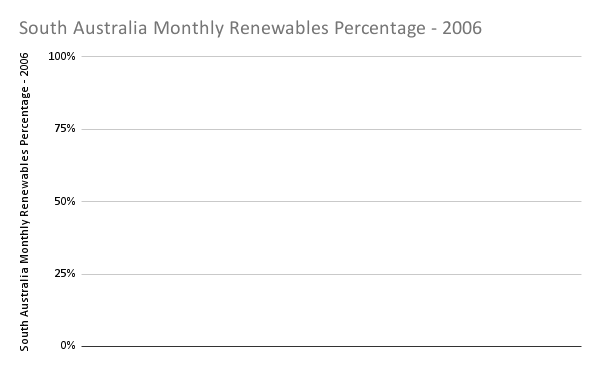Or Why are we so afraid of trying to build success?
TL;DR – the Flywheel model/effect is something we talked a LOT about during my time at Amazon. It’s a pretty simple concept and a lot has been written about it but basically there’s a big wheel with a lot of inertia and to make it spin faster (ie. success) you need to do things that overcome the inertia and make it spin. There’s no one big leap, it’s just lots of smaller successes/steps that build on each other that produce a virtuous cycle that spin the wheel faster. A “customer/product” view of this is https://feedvisor.com/resources/amazon-trends/amazon-flywheel-explained/.
I think about this a lot. Today I’m thinking about it in the context of Australia and how we boom in the future. How do we take a series of smaller successes to build toward a better future? How do we focus on the success part and not the “oh that’s hard/others will beat us etc?”. How do we convince ourselves that working on spinning the fly wheel will work?
We are absolutely convinced that we can’t do anything else. Our governments are utterly beholden to this and beaten by the media, lobbyists, etc to accept this. We go “oh we’re too far, our domestic market is too small, no one will invest if they have to pay any royalties etc” even if that’s evidently not true globally.
Australia ships raw materials to the other side of the world. Huge amounts of energy is used to do this. An example is more LNG is used to compress LNG for export THAN AUSTRALIA ITSELF USES! Consider that we ship iron ore offshore and it’s just basically rocks on a boat. We’ve somehow been convinced that digging up LNG, compressing it and sending it offshore so others have cheap energy, and digging up rocks and shipping them offshore for someone else to process with that energy is a good idea.
Anyway, all of this is boring and true, only if you don’t have a plan. Sure, our countries will compete with us, people will tell us “oh you will fail” but sometimes you’ve got to look beyond that and go. Well what spins our flywheel? Otherwise we’ll get to 20-50 years time and look back and go “oh crap, no one wants our LNG anymore”.
Australia has resources, land, a stable economy and government and, despite our big trade with them, we’re not China. There’s a lot of people looking for non-China supply chain already. I’m not going into the “why” but let’s face it – it’s rational to ensure that if China had a big issue we could all not repeat what happened during the COVID times.
Our competitive advantages we’re told are resources in the ground and abundant future renewable energy due to land, sun etc. The main idea seems to use the renewable energy to make Hydrogen and ship that offshore to the people who’ll continue to crush our rocks.
Australia does actually do some processing already. We have some older Aluminum smelters, we do have some small amount of steel making still. We do know how to do this. We’re actually a bunch of very smart, can do people. (My experience working overseas is that Australians are much harder workers than we think and far more likely to dive in and try and solve problems). We have EVERYTHING we need to start down the road to make certified green steel with a supply chain that is not involving China. We don’t have to be the absolute cheapest, because there’s a benefit people will pay more for.
New green steel plants doing direct reduction (ie. no coking coal) from 100% renewables. Build the plants where the ore is mined, build massive renewable generation onsite. Mine it using electric trucks. Strong shout out to Andrew Forrest for already going into this – he’s looking to be lowest cost and no doubt highest margin. This also is a far more effective use of our renewable energy than making hydrogen just for export and using a huge amount of energy to compress and ship it.
Making green steel locally is a big input to other things. We’ll need a lot of it for building racks for solar panels, for wind turbines. We don’t have to go all the way to making the entire turbine, but make the towers locally rather than shipping them in. Or, make them here and then ship some to our neighbors so we reduce shipping from China, Europe etc. We build on the previous steps.
The flywheel effect means thinking about – what steps/inputs do I need to get to the next step of value. You don’t have to jump to the final solution, but you have to have a plan to move forward. Making steel locally means taking energy, which we have in abundance, raw materials, which we have in abundance, and combining them to add value. But the value is not just the steel, but the fact that it’s green, it needs less shipping and has a supply chain value that’s more than Chinese made steel. We can then build the next layer which is things we need to make more energy locally – eg. solar panel racking and wind turbine towers.
There are many other things we can do for the flywheel. Aluminum is another obvious thing to look at. In a recent SolarInsider’s podcast (July 28th 2023) APVI’s Muriel Watt talked about work looking at Australia making Solar cells and panels which kicked off some of my thoughts here.
So, when you hear people going “oh, Australia can only ship off rocks”, ask yourself, can you see how to make our Aussie flywheel spin?

